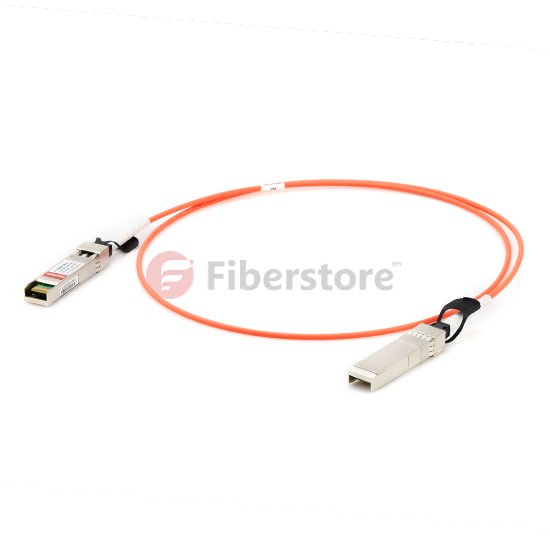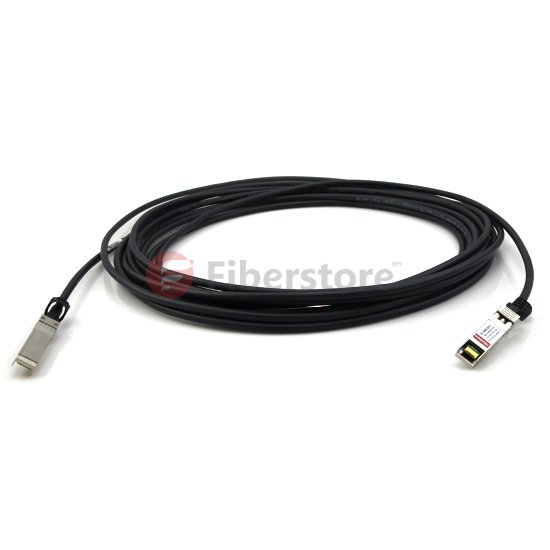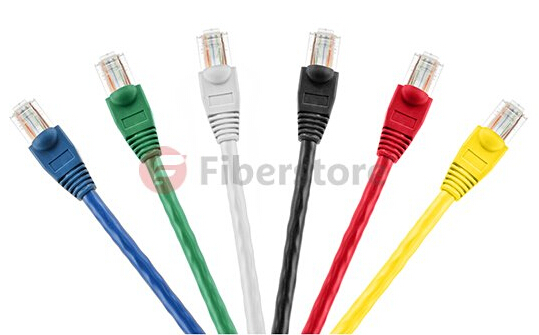Overview
Dramatic growth in data center throughput has led to the increasing usage and demand for higher-performance servers, storage and interconnects. As a result, we are seeing the expansion of higher speed Ethernet solutions, specifically 10 and 40 gigabit Ethernet. This text will take an overview of 10 gigabit ethernet as well as introducing some common 10-gigabit physical media systems: fiber optic media systems, DAC cable media systems and twisted-pair media systems.
Introduction of 10 Gigabit Ethernet
10 Gigabit Ethernet is a group of computer networking technologies for transmitting Ethernet frames at a rate of 10 gigabits per second. It was first defined by the IEEE 802.3ae-2002 standard. Unlike previous Ethernet standards, 10 Gigabit Ethernet defines only full duplex point-to-point links which are generally connected by network switches. Like previous versions of Ethernet, 10GbE can use either copper or fiber cabling. However, the 10 Gigabit Ethernet standard encompasses a number of different physical layer (PHY) standards. A networking device may have different PHY types through pluggable PHY modules, such as those based on XENPAK, XFP and SFP+.
Classification of 10 Gigabit Ethernet
When comes to 10 gigabit Ethernet (10GbE), IT managers are now faced with the challenge of selecting the appropriate 10-gigabit physical media. Broadly, this media is usually offered in the following three categories:
10 Gigabit Ethernet Fiber Optic Media Systems Solution
There are two classifications for optical fiber: single-mode (SMF) and multimode (MMF). SMF is used for long distance communication and MMF is used for distances of less than 300 m. There are also active optical cables (AOC). These have the optical electronics already connected eliminating the connectors between the cable and the optical module. They plug into standard optical module sockets. They are lower cost than other optical solutions because the manufacturer can match the electronics to the required length and type of cable. AOC Cable provides very short distance (same shelf) inexpensive connectivity at 10G rates between two 10G data ports. The following picture shows the SFP+ active optical cables (AOC):

NOTE: Dramatically reducing 10G interconnectivity costs, the 10G cables can provide inexpensive and reliable 10G speed connections using either copper cables with distances reaching up to 15 meters or active optical cables reaching even 100 meters.
10 Gigabit Ethernet Copper Direct Attach Cable Media Systems (10GSFP+Cu) Solution
SFP+ direct attach cable (DAC), also known as 10GSFP+Cu, is a copper 10GBASE Twinax Cable which comes in either an active or passive twinax cable assembly and connects directly into an SFP+ housing. SFP+ direct attach cable has a fixed-length cable, typically 1 to 7 m (passive cables) or up to 15 m (active cables) in length. And like 10GBASE-CX4, is low-power, low-cost and low-latency with the added advantages of using less bulky cables and of having the small form factor of SFP+. Besides, SFP+ direct attached Twinax copper today is tremendously popular, with more ports installed than 10GBASE-SR. The following picture shows the SFP+ passive direct attach cable(DAC):

10 Gigabit Ethernet Twisted-Pair Media Systems (10GBASE-T) Solution
10GBASE-T is a standard released in 2006 to provide 10 Gbit/s connections over unshielded or shielded twisted pair cables, over distances up to 100 metres. 10GBASE-T cable solution can also be used for 1000BASE-T allowing a gradual upgrade from 1000BASE-T using auto negotiation to select which speed to use. 10GBASE-T uses the IEC 60603-7 8P8C (commonly known as RJ45) connectors already widely used with Ethernet. Transmission characteristics are now specified to 500 MHz. To reach this frequency Category 6A or better balanced twisted pair cables are needed to carry 10GBASE-T up to distances of 100m. The following picture shows the Category 6A cable:

